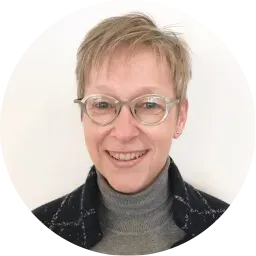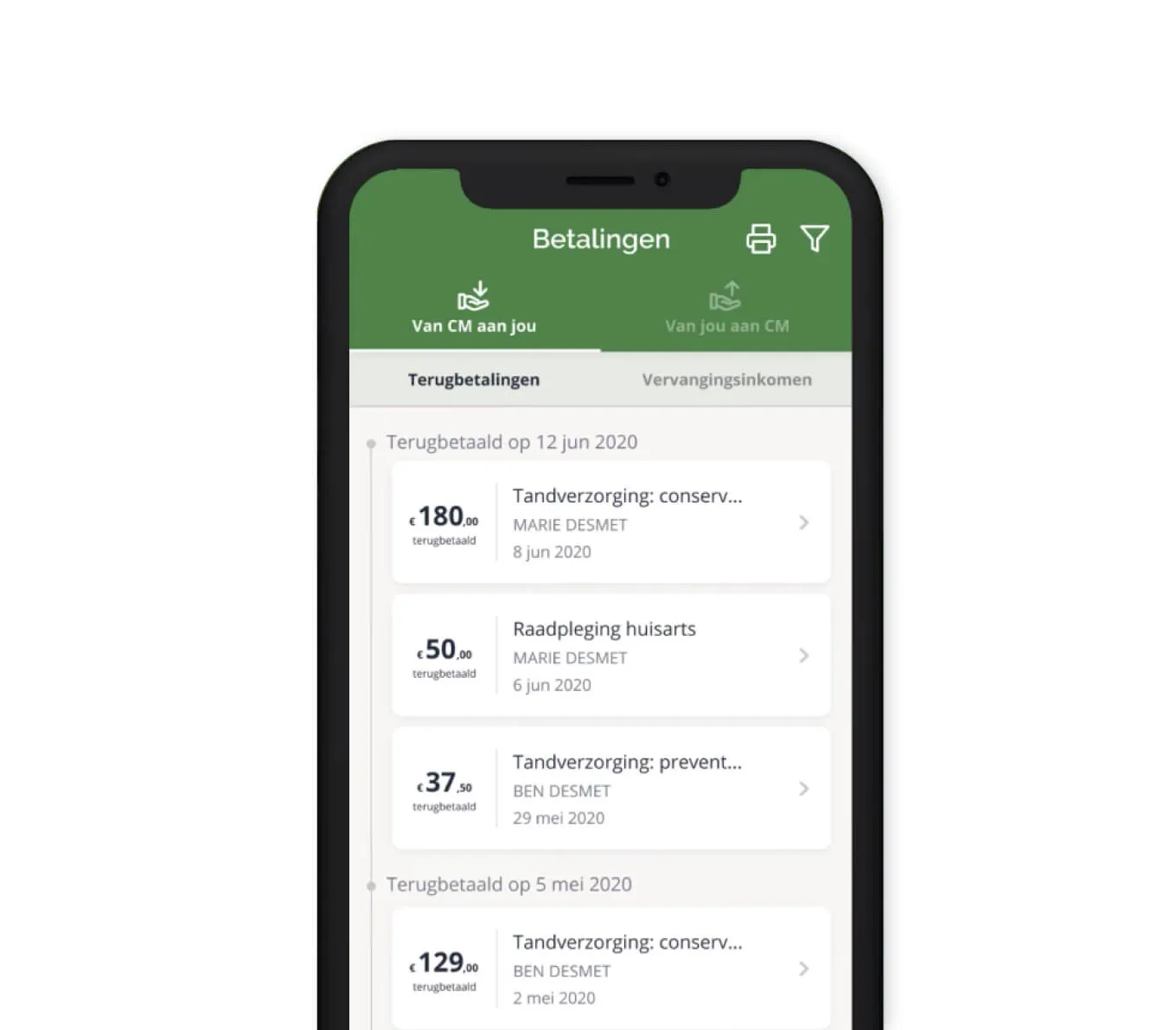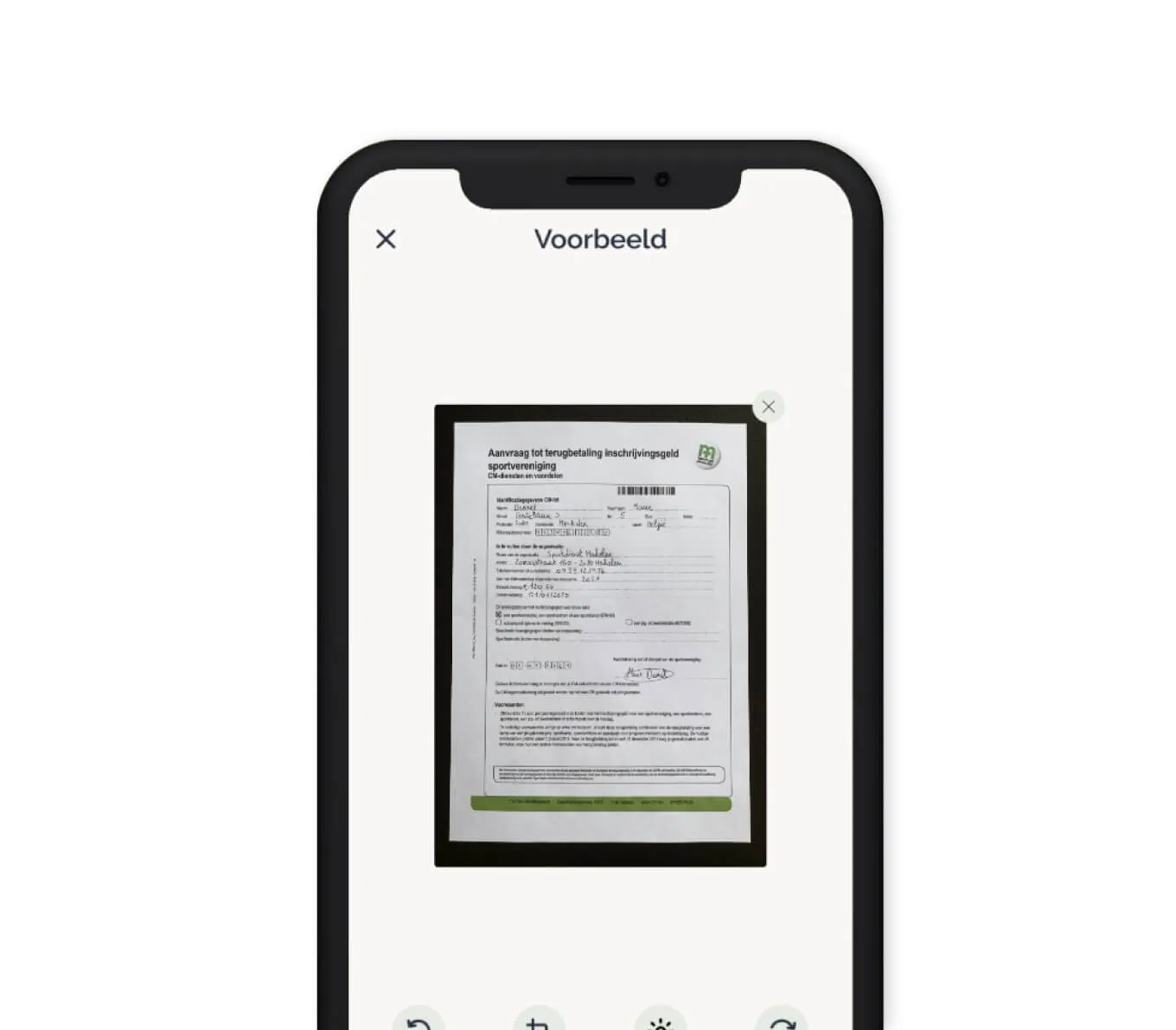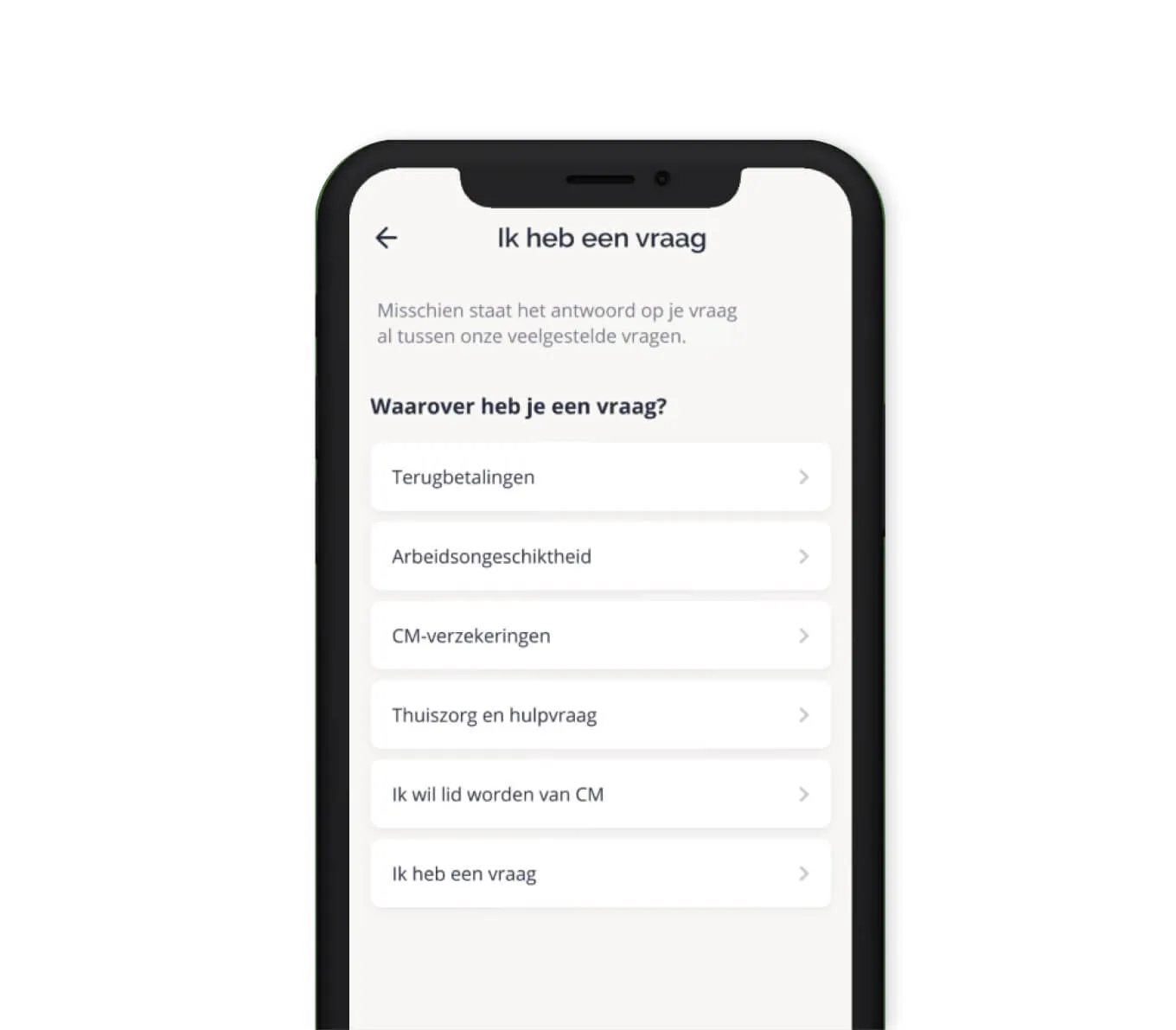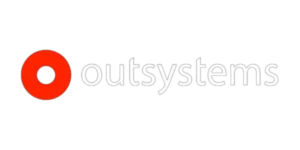Christelijke Mutualiteiten (CM) is Belgium’s largest health insurance fund, serving 4.5 million customers. Having used OutSystems for 18 months, the development team took on its biggest challenge yet—to deliver CM’s omnichannel customer experience solution.
Just nine months later, the company launched My CM, a mobile app and accompanying web portal that transform CM’s customer experience. Built to withstand the needs of 4.5 million members, the mobile app’s adoption is growing sharply, and it is rated 4.7 on the Apple app store.
